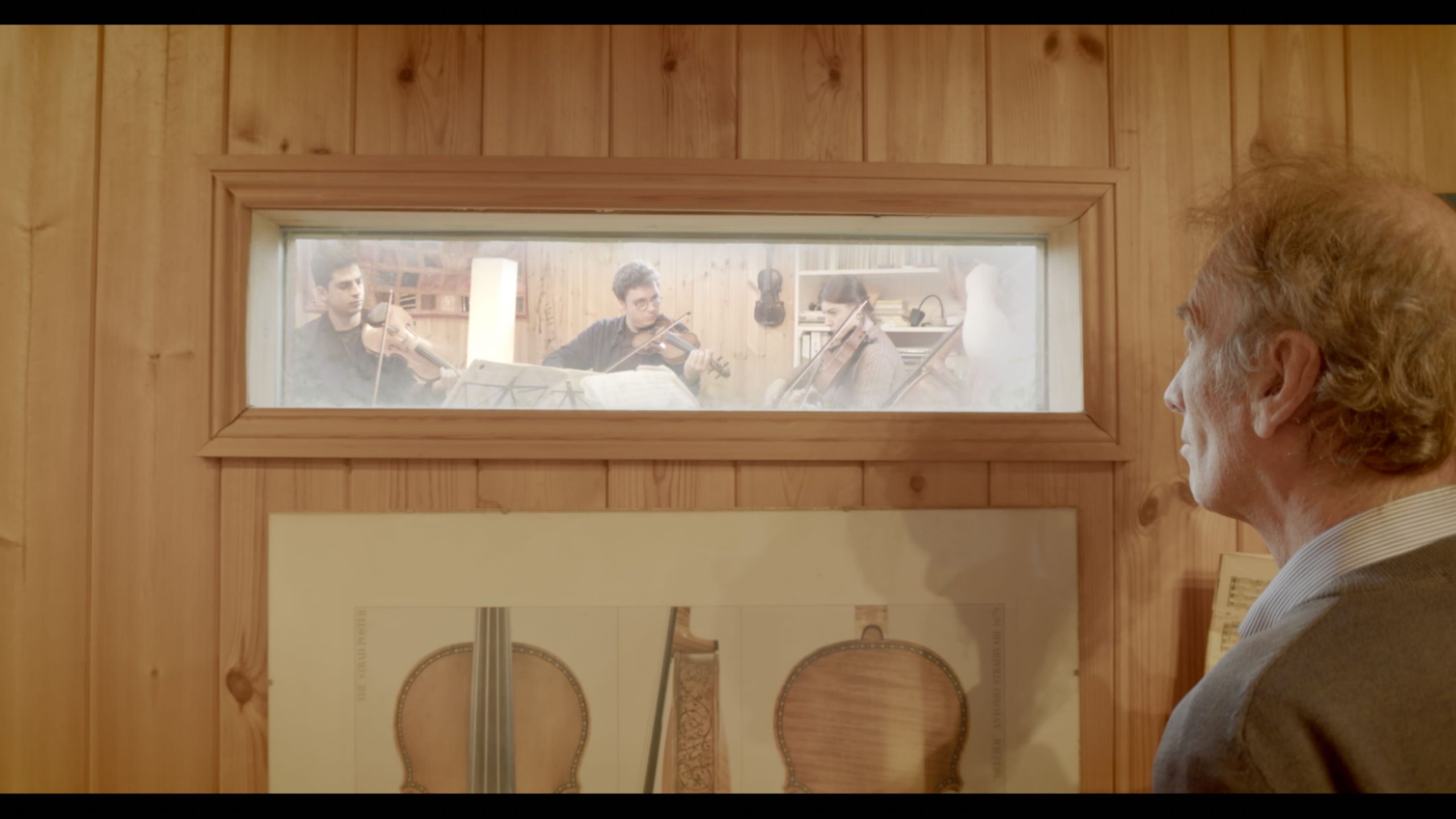
From East to West: Yu-Gi-Oh and its Censorship Laws
I was first called into student politics when I was 8 years old, protesting with great bitterness the blanket ban of Yu-Gi-Oh cards by my junior school. Considering the regular break-time arguments and high-profile thefts, the ban was hardly unexpected. Yet I took it particularly hard because Yu-Gi-Oh was the first school-wide fad that I actually enjoyed. Unlike its saccharine contemporaries, Tamagotchi and Pokémon, Yu-Gi-Oh had a gloomier edge. What I didn’t realise then, however, was that I was fighting the repression of an already censored game, its dark, sinister aesthetic causing controversy across North America and Europe.
Like many other trading card games, the objective of the Yu-Gi-Oh game is to attack your opponent using a combination of monster, spell, and traps cards from your deck. Although new players can opt to buy a pre-prepared deck, much of the game’s appeal derives from purchasing booster packs for customization. so that you can customise your deck to suit your style of play. Its continued success can be attributed to the complexity and nuance of play, with new card types and rules introduced every few years. Anyone who stopped playing Yu-Gi-Oh in the noughties would be bewildered by the state of the game today.
In order to maintain a player’s interest in Yu-Gi-Oh, and ensure their continued patronage, first you need to get them hooked – and get them young. Therein lies the power of the Yu-Gi-Oh anime series, in which the card game is the centre of culture and education, and is regularly used by characters to save (or threaten) the world. The cards used in the anime are exactly the same as those in real life, the equivalent of Pokémon fans being able to battle with actual Pokémon (as is now virtually the case with Pokémon Go) and a very powerful advertising platform.
After its launch in 1999, the American and European distributors of Yu-Gi-Oh were put under pressure. The card game was being marketed to adolescents in those territories, but had been designed for teenagers in its native Japan, so the imagery was decidedly more mature than many parents were comfortable with. By the time Yu-Gi-Oh was released in western territories Pokémon had already been out for three years, and, in that time, had been accused by various American and European Christian organisations of promoting violence, the occult, and evolution. If this seems like a disproportionate reaction to a franchise with a bright yellow mouse as its mascot, put yourself into the position of the distributors of Yu-Gi-Oh – a franchise that not only contained but appeared to endorse overt occult imagery and violence.
The censorship of Yu-Gi-Oh is striking in its inconsistency. Religious imagery is commonplace with inspiration as disparate as Norse mythology, Hinduism, and Shinto. Most of this imagery survives Western censorship: the relevant religion being either extinct or holding little relevance to much of the population. This can be seen in the extensive influence of ancient Egyptian mythology, low-hanging fruit regularly picked by Yu-Gi-Oh, as it is familiar to both domestic and Western audiences. One of the most iconic monsters of the anime series was Exodia “the Forbidden One”. A hulking desert statue in shackles, with a bastardised Nemes headdress thrown in for good measure, Exodia ensures that a player instantly wins the game should they manage to draw all five component cards.
Although censorship standards of Yu-Gi-Oh can seem erratic or trivial – Exodia’s pentagram/ankh controversy being one example – a consistent aspect is the de-sexualisation of females. Anyone familiar with anime will be aware that this is a recurrent issue for Western audiences. Whereas in the Western world cartoons are generally associated with children, animated films lie across the whole spectrum of entertainment in Japan, and the infamous hentai and yaoi films form a sizeable share of the pornography market. The overall approach of censors is therefore to reduce bust size, remove cleavage, lengthen skirts, and hide as much skin as possible: much to the annoyance of some Western fans.
This censorship isn’t a matter of morality, it is a matter of marketing. The distributors aim to avoid further alienation of parents who buy their product, and nothing illustrates this better than Tragedy, a trap card which originally depicted a guillotine. Deemed too violent by the authorities, however, the guillotine was removed and was replaced by a woman cowering in fear in an alleyway with a shadowy male figure behind her. To say that an image suggestive of execution is too violent for younger audiences, and instead expose them to implied sexual violence is a horrific double-standard. Yu-Gi-Oh in Japan is saturated with excessive sexual imagery, sometimes to the point of degradation, but Western distributors view this as less of a concern than physical violence since sexual imagery is so commonplace.
As well as changing card artwork, and altering specific visual elements of the anime, the distributors often change or remove whole storylines and plot devices. The general aim is to reduce violence and incorporate an Abrahamic religious tone. Characters can become completely transformed in the process, losing complexity and nuance. Maximillian Pegasus was the first villain of the Yu-Gi-Oh anime, and was decidedly bland in his censored form, trying to steal the ancient artefact that housed Yami, the spirit that possesses the protagonist Yugi Moto. With this artefact and others that he possessed, he intended to use dark magic to bring his dead wife back to life. In the Japanese version his true aim was to steal technology developed by Seto Kaiba, Yugi Moto’s antagonist, which produced portable holograms of the cards. With this Pegasus would create an illusion of his wife to comfort him in his grief. Censorship transformed Pegasus into a traditionally evil character, using clichéd dark magic rather than amoral technology obtained by questionable methods. Therein lies the irony of the backlash to the censored anime, with parents concerned it will lead their children to blur the line between good and evil. Censorship of Yu-Gi-Oh often ensures that characters are split into good and evil, with little room for moral ambiguity, meaning that the lines between them cannot be blurred.
Over the years the original Japanese content has required increasingly less censorship, as those who own the franchise realised that a concerted child-friendly approach has few drawbacks. The cards used by characters of the latest spin-off, Yu-Gi-Oh Arc-V, are childish and basic, and therefore have attracted less controversy. Long-term players of Yu-Gi-Oh are more concerned with gameplay mechanics than aesthetics, so this shift to a younger target audience has little risk of driving away players.
Although it may seem strange to envision a trading card game lasting for decades, Yu-Gi-Oh has already survived 17 years with no signs of stopping. I’m sure its appeal will last for many years to come.







